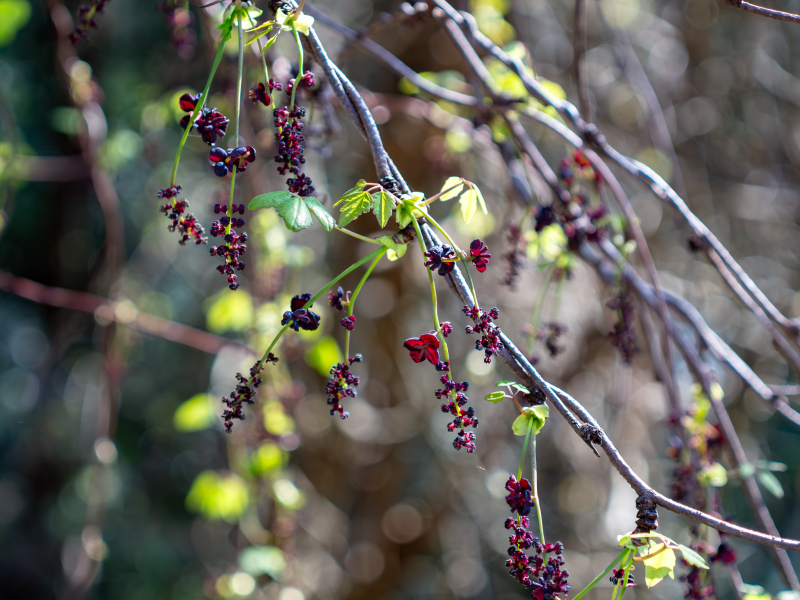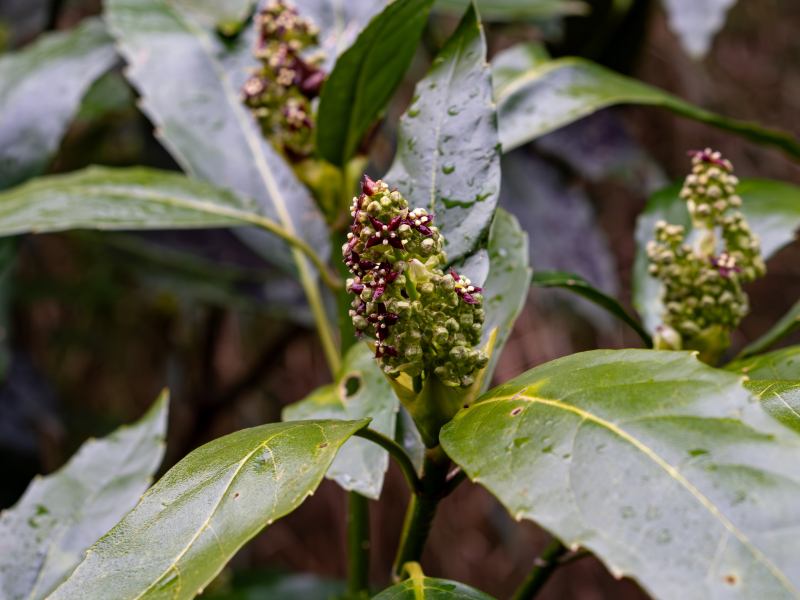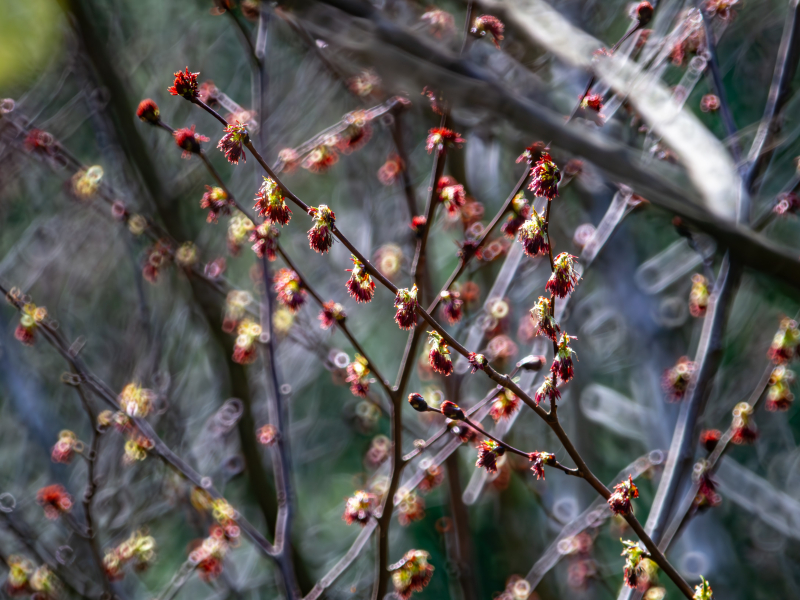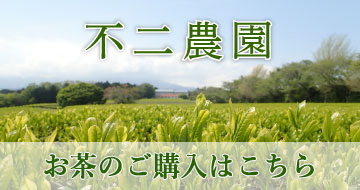フィールド日記
2024.04.09
ミツバアケビ
ミツバアケビが咲いています。和名は、1枚の葉が3個の小葉からなる3出複葉のアケビであることに由来します。果実は秋に熟し、果肉は甘く食用になります。また、地域によっては果実の皮の部分も食用とするようです。

"Mitsuba-Akebi (ミツバアケビ)" trees are in bloom. The name comes from the fact that their leaf consists of three leaflets and that they belong to the "Akebi (アケビ)" group. Their fruits ripen in fall and the flesh of them are sweet and edible. People in some regions eat the peels of the fruits.
2024.04.05
アオキ
アオキが咲いています。樹林内によく見られる常緑低木です。和名は冬でも葉や茎が青々としていることに由来します。シカの食害を受けやすいらしく、不二聖心ではあまり多くありません。

2024.04.02
フサザクラ
フサザクラが咲いています。渓流沿いに多い落葉樹です。花は葉に先立って咲き、多数の暗紫色の雄しべが目立ちます。和名は、この花の咲く様子を桜に見立てたものと考えられます。花びらやがくはなく、原始的な植物の一種といわれています。
"Fusa-Zakura (フサザクラ)" trees are in bloom. They are deciduous trees that often grow along mountain streams. They bloom before spreading their leaves and their dark red stamens are outstanding. The name comes from the fact that their way of blooming seems to be that of cherry blossoms. They are considered as a primitive species because their flowers don't have their petals or sepals.
2024.03.29
ニッコウネコノメ
ニッコウネコノメが咲いています。しめった場所に生育する小型の多年草です。ネコノメソウのなかまは互いによく似ていますが、雄しべの個数や葯の色、がくの開き方などから見分けることができます。

"Nikko-Nekonome (ニッコウネコノメ)" plants are in bloom. They are small perennial plants growing at wet places. The species belonging to the "Nekonome-Sou (ネコノメソウ)" group look very similar to each other. You can tell this species from others by checking the number and color of its stamens and the way their sepals open.
2024.03.26
ミツマタ
ミツマタが咲いています。中国からヒマラヤが原産で、室町時代に渡来し、かつては和紙の原料として広く栽培されていました。現在でも日本の紙幣の原料として使われています。和名は、枝が3つに分かれることに由来しています。

"Mitsumata (ミツマタ)" trees are in bloom. They originally grow in the regions from China to Himalayan and finally came to Japan. People used to cultivate them for making paper. Japanese bills are made from this tree even today. The name comes from the fact that each new branch branches into three.
2024.03.22
コハコベ
コハコベが咲いています。春の七草の一つで食用になります。また、ひよこなどの小鳥の餌として使われたことからひよこ草とも呼ばれています。花びらは5枚ですが、1枚の花びらが根元から深く2つに裂けているため、10枚あるように見えます。

2024.03.19
ホトケノザ
ホトケノザが咲いています。全国でよく見られるシソ科の越年草です。和名は、葉の形が、仏像の台座としてよく見られる蓮華座に似ていることが由来です。春の七草の一つに「ほとけのざ」がありますが、これは本種ではなくキク科のコオニタビラコを指しています。

2024.03.15
オオイヌノフグリ
オオイヌノフグリが咲いています。ヨーロッパ原産の帰化植物で、学名はVeronica persicaといいます。Veronica (ヴェロニカ)は、十字架を背負って歩くキリストに顔を拭う布をささげたとされるカトリックの聖人ヴェロニカにちなんでいます。

2024.03.12
ヒメリュウキンカ
ヒメリュウキンカが咲いています。ヨーロッパ原産で、栽培品が野生化したものが各地で見られます。花弁には強い光沢があります。全体が大型なものや八重咲のもの、花の色が異なるものなど、いくつかの品種があります。

2024.03.08
タマキクラゲ
タマキクラゲが発生していました。中華料理でよく使われるキクラゲと同じキクラゲ類に属するゼラチン質のきのこです。不二聖心では春にクヌギの枯れ枝上でよく見られます。


















